

Left: My Mother Right: Me and Grandma with cousins Jim, Mike, Kathy and Tom.

My 2nd Great Grandmothers, Malissa Joslin Brubaker Bower and Lovina Berlin Yarian with my aunt Phyllis Phend, about 1924.
Today being Mother's Day, I spent most of the day with Mom, just the two of us. It was a very pleasant day. That being said, my tribute for Mother's Day will not be for her, but for all the mothers that came before to get us to this time and place... some known, some unknown. Here are the known, through my Mother and back eight generations:
Hazlette (Brubaker) Phend Dunn Ferguson (1902-1984) Indiana
Maude Catherine (Wise) Brubaker Yontz (1877-1953) Indiana
Susie Lula (Yarian) Phend (1872-1956) Indiana
Louisa (Fisher) Phend (1827-1898) Germany, Ohio, Indiana
Lovina Viola (Berlin) Yarian (1845-1932) Ohio, Indiana
Malissa Mariah (Joslin) Brubaker Bower (1849-1937) Indiana
Sophia Elizabeth (Dunfee) Wise (1850-1916) Indiana
Susanna (Kübli) Phend (1785-1856) Switzerland, Ohio, Indiana
Christenia (Houck) Fisher (1805- ? ) Germany, Ohio
Elizabeth (Switzer) Yarian (1815-1894) Ohio
Susannah (Hoffman) Berlin (1804-1880) Ohio, Indiana
Sarah (Foster) Parkison (1818-1904) Ohio, Indiana
Lydia (Robison) Joslin (1825-1899) Ohio, Indiana
Malissa Ann (Stem) Wise (1833-1901) Ohio, Indiana
Catherine (Jones) Dunfee (1829-1903) Ohio, Indiana
Catharina Phend (1754-1797) Switzerland
Verena (Laederich) Kübli (1747-1824) Switzerland
Eva (Rupert) Yarian (1786-1866) Pennsylvania, Ohio
Mary Catherine - wife of Jacob Switzer (about 1790 - ? ) Pennsylvania, Ohio
Juliana (Dietzler) Berlin (about 1772 - ? ) Pennsylvania
Catherine (Coy) Hoffman (1779-1852) Maryland, Ohio
Nancy (Neel) Brubaker (1797-1851) Ohio
Margaret "Peggy" (Myers) Foster (1797-1820) Ohio
Abigail (Goodrich) Joslin (about 1805-after 1882) Ohio, Indiana
Anna - wife of Henry Robison (about 1794 - ? ) Ohio, Indiana
Christena - wife of Peter Wise (1801-1884) Ohio, Indiana
Indiana (Sisley) Stem (1809-1888) Pennsylvania, Ohio, Indiana
Sophia Elizabeth (Hazlett) Dunfee (1794-1864) Ohio, Indiana
Elizabeth (Helms) Jones (1804-1883) Ohio, Indiana
Magdalena (Tschiemer) Phend (1722-1797) Switzerland
Anna (Frutiger) Kübli (1720-1790) Switzerland
Margaretha (Williams) Yerion (1745-1833) Pennsylvania
Susan (Wagner) Berlin (about 1744 - ? ) Pennsylvania
Susanna (Alder) Hoffman (about 1760 - ? ) Pennsylvania, Ohio
Mary - wife of Henry Coy (about 1755 - about 1785) Maryland, Pennsylvania
Elizabeth (Steinweg) Brubaker (about 1765-about 1821) Pennsylvania
Rebecca (Franks) Neel (1768- ? ) Pennsylvania, Ohio
Magdalena (Daniel) Foster (1755-1823) Virginia, Ohio
Margaret - wife of John Myers (about 1770- ? ) Ohio
Ruth (Dyer) Joslin (1771-1830) Vermont, Ohio
Sally (Church) Goodrich (1780-about 1831) Connecticut, Ohio
Margaret (Ellis) Sisley (1773-1870) Pennsylvania
Mary - wife of George Dunfee (about 1760 - ?) Maryland, Pennsylvania, Ohio
Elizabeth - wife of Jonathan Hazlett (1762-1848) Maryland, Pennsylvania, Ohio
Mary (Swigart) Helms (1777- ? ) Pennsylvania, Ohio, Indiana
Barbara (Zwahlen) Phend (1701- ? ) Switzerland
Margreth (Egger) Tschiemer (about 1695- ? ) Switzerland
Maria Magdalena - wife of Mathias Jurion (1705-1763) Pennsylvania
Anna Margarita (Euler) Berlin (about 1720-about 1807) Pennsylvania
Anna Elizabeth (Andriges) Kau (about 1720- ? ) the Pfalz ?
Christina Barbara (Kleist) Daniel (1734-1770) Pennsylvania
Sarah (Tarbell) Joslin (1741-1810) Massachusetts
Abigail (Price) Goodrich (1754-1827) Connecticut, Ohio
Lucy (Wilder) Joslin (1715- ? ) Massachusetts
Elizabeth (Bowers) Tarbell (1707-1756) Massachusetts
Sarah (Dewey) Goodrich (1712-1782) Connecticut
[note: Updated with some links and additional names May 11, ..]



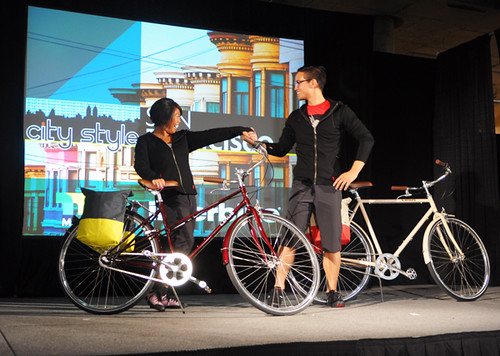

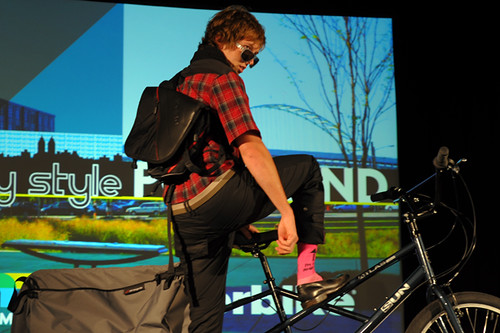

 The DJ did an excellent job keeping the energy levels high, and even while taking photos I found myself moving and snapping to the beat.
The DJ did an excellent job keeping the energy levels high, and even while taking photos I found myself moving and snapping to the beat.
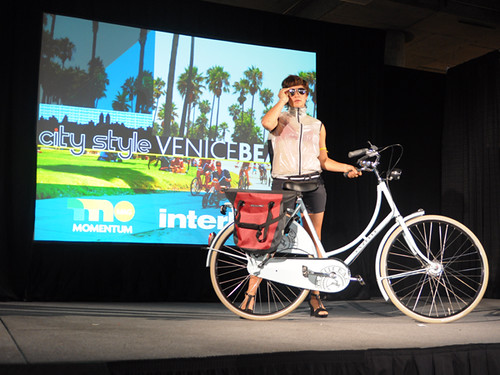


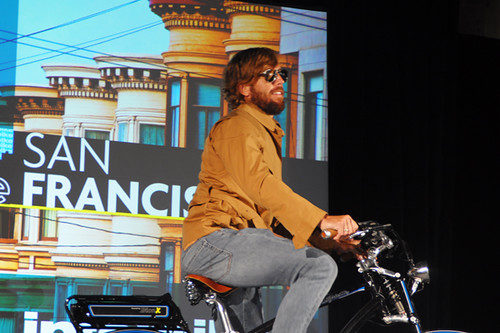
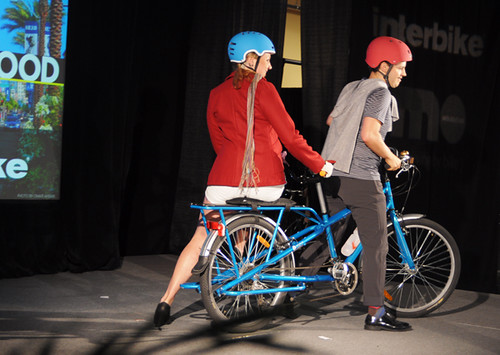
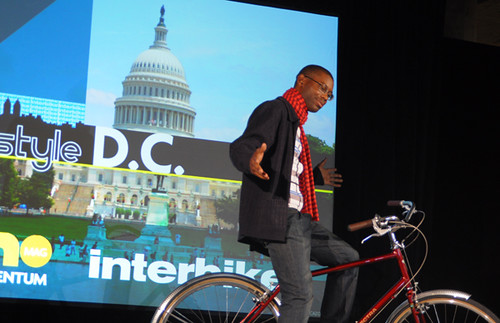











 Having just returned from Central Pennsylvania, I am still trying to makes sense of my impressions. I was familiar with Lancaster County and the Poconos, but had never ventured west of these areas until now. While I'd imagined a wholesome and fertile land with dramatic mountain views, the landscape we encountered looked bare and depleted.We saw fairly few farm animals, and minimal vegetation. Many of the farms we passed seemed outright abandoned.Later we were told about the extraction of natural gasses that has become popular in the region, so perhaps this could account for it. It would also explain the enormous, brand-new-looking hotels that stood in sparsely populated areas, towering above the Methodist churches and the dilapidated barns.
Having just returned from Central Pennsylvania, I am still trying to makes sense of my impressions. I was familiar with Lancaster County and the Poconos, but had never ventured west of these areas until now. While I'd imagined a wholesome and fertile land with dramatic mountain views, the landscape we encountered looked bare and depleted.We saw fairly few farm animals, and minimal vegetation. Many of the farms we passed seemed outright abandoned.Later we were told about the extraction of natural gasses that has become popular in the region, so perhaps this could account for it. It would also explain the enormous, brand-new-looking hotels that stood in sparsely populated areas, towering above the Methodist churches and the dilapidated barns. In the midst of all of this, we came upon a lively small town - a town with historical buildings, tree-lined streets, an active downtown area, and a picturesque Liberal Arts college with manicured grounds. Surrounded by mountains and farmlands, the town forms a microcosm of "culture" - offering the only sidewalks, storefronts, restaurants and cinemas for miles around.Exploring it with curiosity, it occurred to me that this was the sort of place a friend of mine refers to as "cycling-prone" - his theory being that "cycling culture" tends to develop in places that are structurally prepared for it, and where the population could benefit from it.
In the midst of all of this, we came upon a lively small town - a town with historical buildings, tree-lined streets, an active downtown area, and a picturesque Liberal Arts college with manicured grounds. Surrounded by mountains and farmlands, the town forms a microcosm of "culture" - offering the only sidewalks, storefronts, restaurants and cinemas for miles around.Exploring it with curiosity, it occurred to me that this was the sort of place a friend of mine refers to as "cycling-prone" - his theory being that "cycling culture" tends to develop in places that are structurally prepared for it, and where the population could benefit from it. Among examples of structural preparedness he includes things like one-way streets with low speed limits. Check: This town is big on one-way streets, with speed limits under 30mph. Frequent street lights and well-designed intersections are also crucial, and this town has them. Large intersections involve dedicated left turn lights, which is helpful for cyclists as well.
Among examples of structural preparedness he includes things like one-way streets with low speed limits. Check: This town is big on one-way streets, with speed limits under 30mph. Frequent street lights and well-designed intersections are also crucial, and this town has them. Large intersections involve dedicated left turn lights, which is helpful for cyclists as well.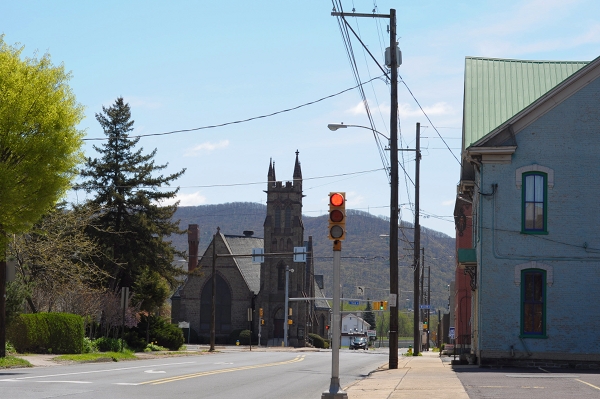 There is also the concept of "manageable scale:" The argument is that cycling tends to be popular in small cities or towns with self-contained economies, because most commutes will be fairly short - yet still not quite convenient to make on foot. This town fits the bill perfectly: The population is around 30,000 and a great portion of the residents seem to live, work, and seek entertainment within the town's confines, simply because there is not much beyond it. And being in a valley, the terrain is mostly flat - making even the simplest single speed bicycle sufficient for commuting.
There is also the concept of "manageable scale:" The argument is that cycling tends to be popular in small cities or towns with self-contained economies, because most commutes will be fairly short - yet still not quite convenient to make on foot. This town fits the bill perfectly: The population is around 30,000 and a great portion of the residents seem to live, work, and seek entertainment within the town's confines, simply because there is not much beyond it. And being in a valley, the terrain is mostly flat - making even the simplest single speed bicycle sufficient for commuting.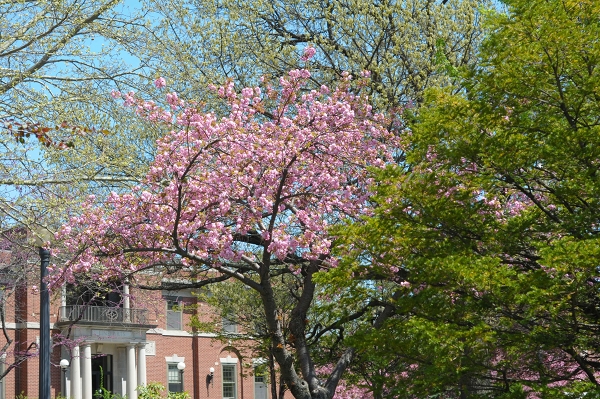 And then, there is the college - a small undergraduate institution with 2,000 full-time students who live on or close to campus year-round. College towns are supposed to be especially prone to embracing cycling, because it makes for a quick and inexpensive means of local transportation. College students also tend to be concerned about the environment, and some are drawn to cycling for those reasons. A quick glance at the college website shows that environmental issues are indeed prominent: Projects to reduce carbon footprints are announced, the benefits of a new recycling program are touted.
And then, there is the college - a small undergraduate institution with 2,000 full-time students who live on or close to campus year-round. College towns are supposed to be especially prone to embracing cycling, because it makes for a quick and inexpensive means of local transportation. College students also tend to be concerned about the environment, and some are drawn to cycling for those reasons. A quick glance at the college website shows that environmental issues are indeed prominent: Projects to reduce carbon footprints are announced, the benefits of a new recycling program are touted.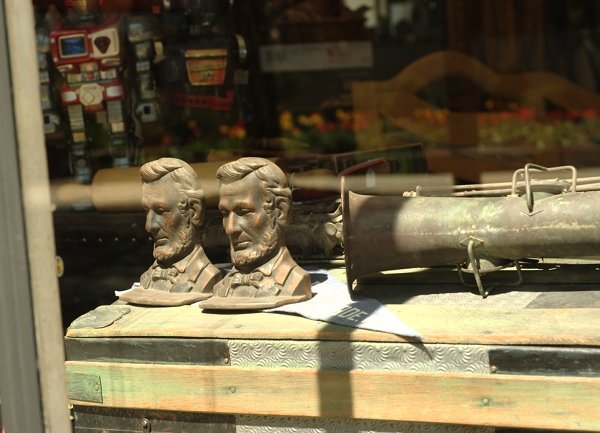 In short, all the ingredients are there for this to be a cycling town... and yet, it is not. I saw not a single transportation cyclist on the streets, and not a single bicycle locked up near the college campus or elsewhere in town. To me, this is interesting. Why no cycling here, but yes cycling in places like Hanover, NH and Ithaca, NY - where the towns and the surrounding landscapes are demographically and geographically similar? Sure, Central Pennsylvania can be called "old fashioned," and one could argue that cycling is a contemporary trend that will take a long time to reach here. But the same can be said of Northern NH: You won't see any locals outside of Hanover cycling, but within the town itself it is popular. Also, while I have not been to State College, PA - which is not far away - my understanding is that some students do cycle there for transportation as well.
In short, all the ingredients are there for this to be a cycling town... and yet, it is not. I saw not a single transportation cyclist on the streets, and not a single bicycle locked up near the college campus or elsewhere in town. To me, this is interesting. Why no cycling here, but yes cycling in places like Hanover, NH and Ithaca, NY - where the towns and the surrounding landscapes are demographically and geographically similar? Sure, Central Pennsylvania can be called "old fashioned," and one could argue that cycling is a contemporary trend that will take a long time to reach here. But the same can be said of Northern NH: You won't see any locals outside of Hanover cycling, but within the town itself it is popular. Also, while I have not been to State College, PA - which is not far away - my understanding is that some students do cycle there for transportation as well.

 The Charles Shuder Family plot in North Webster Cemetery, Tippecanoe Township, Kosciusko County, Indiana. It is in the same row as that of his parents, Isaac and Nancy Shuder, and two of his brothers.
The Charles Shuder Family plot in North Webster Cemetery, Tippecanoe Township, Kosciusko County, Indiana. It is in the same row as that of his parents, Isaac and Nancy Shuder, and two of his brothers.
















